Projects
Here is a sample of some projects I’ve worked on in the past years (ordered chronologically) and largely collabortively developed with friends. Some were part of my undergradute courses or graduate courses while others were developed during hackathons or on my spare time.
I hope these projects showcase my passion for building integrated systems that involve both hardware and software solutions; and in some ways how it deeply motivates my research goals of advancing accessibility in design and making. If you’re short on time, one of my absolute favorite projects to work on has been the Interactive Flipbooks and the Audio-Tactile Voltmeter created with the Blind Arduino community.
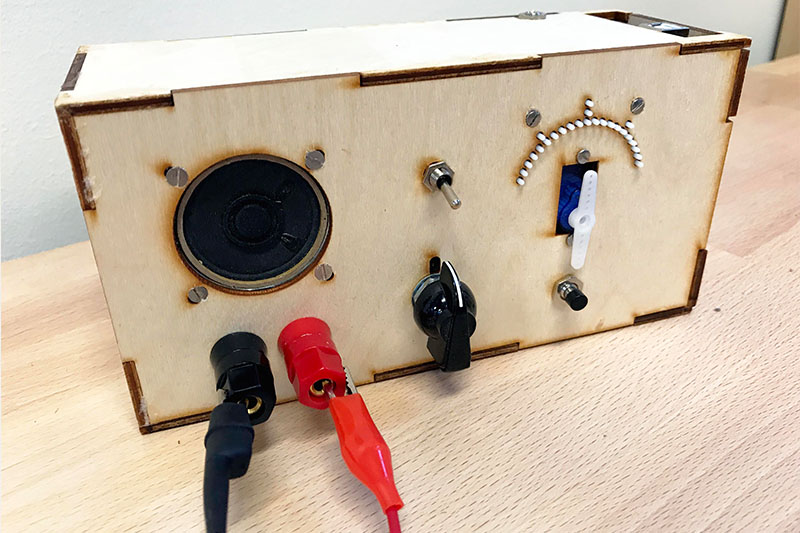
An Accessible Audio-Tactile Voltmeter
Designs and implementation for an accessible voltmeter created for the Blind Arduino Project. Intended to be both a practical tool for blind makers and a demonstration of how to design accessible output systems.
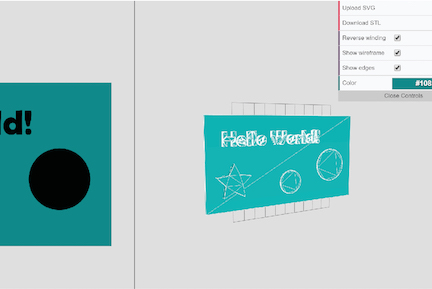
A Tool to 3D Print SVGs (Summer 2018)
As a side project, created a tool to automatically convert an SVG into an STL ready for 3D printing.

Physical Manipulation of Virtual Holograms Using Object Proxies (Spring 2018)
As part of a Computer Vision course at Stanford (CS 231A), we proposed using physical objects as proxies to manipulate virtual holograms. A probabilistic tracking algorithm was implemented.

Sushibot: A Smart Autonomous Robot (Winter 2017)
As part of a mechatronics course series at Stanford (ME 218B), we designed an autonomous mobile robot to compete against other robots in a capture-the-flag style competition.
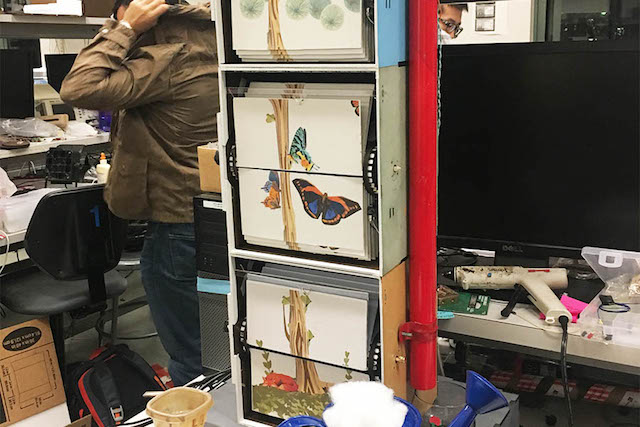
Interactive Flipbooks (Fall 2016)
As part of a mechatronics course series at Stanford (ME 218A), we developed a set of interactive flipbooks that invited users to see its story.
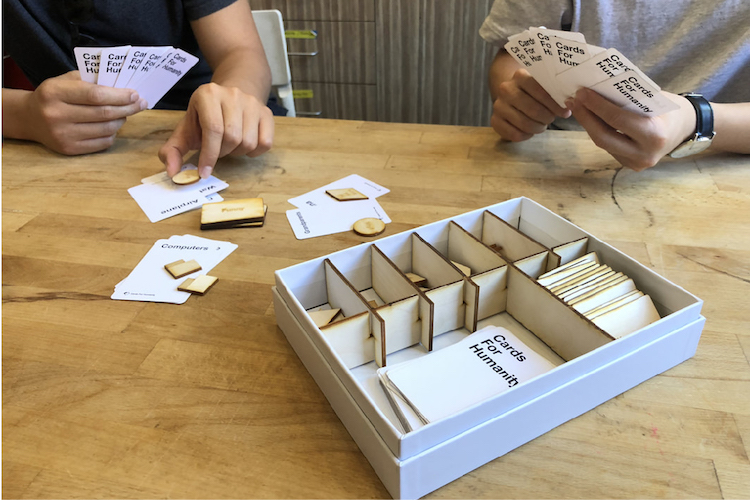
Cards for Humanity
As part of an HCI design course at Stanford (CS 377i) with Prof. Christina Wodtke, we designed a game, Cards For Humanity, with the purpose of explaining the complex system of vulnerability in new teams.
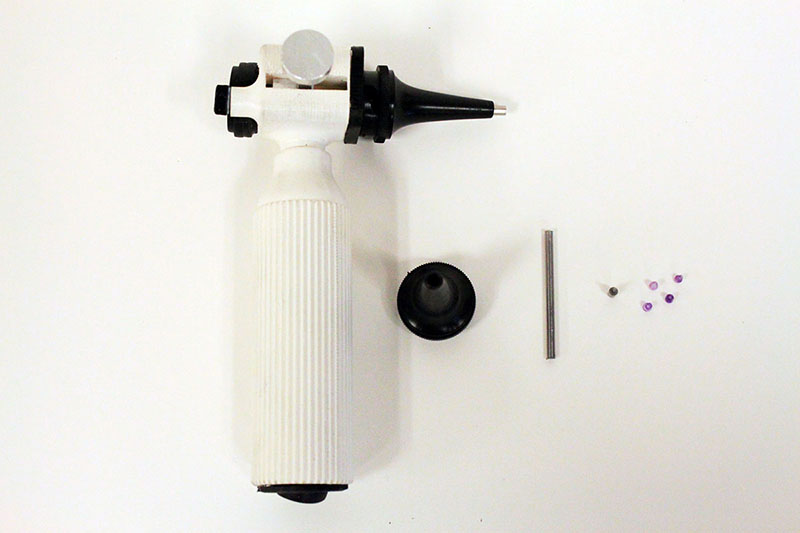
AuriMED: Myroscope (Spring 2015)
A device capable of making an incision in the eardrum and delivering an ear tube all in one step. Designed for moving the surgery from the operating room to the clinic.
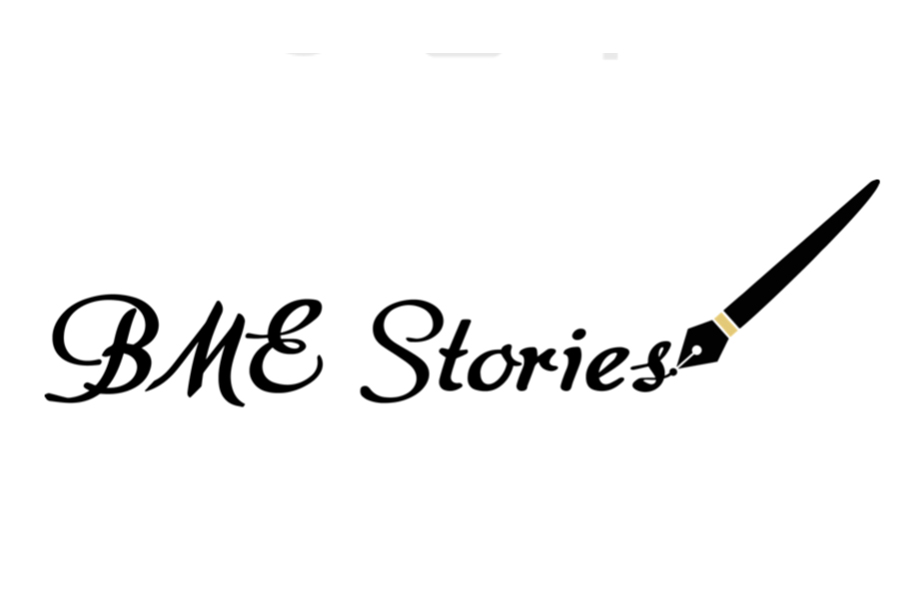
BME Stories
A website dedicated to capturing and sharing the stories of practicing biomedical engineering alumni to inspire those interested in engineering and medicine, to learn more about what biomedical engineers do, and how they contribute to improving the health and well-being of us all.

TouchMusic (Spring 2015)
The TouchMusic glove is a wearable gadget that enables a music lover to physically experience their favorite songs. The glove does this by decoding a song's rhythm and melody to construct patterns to vibrate into the hand.